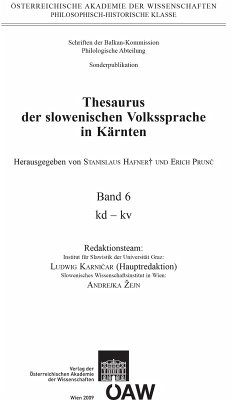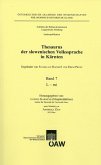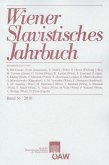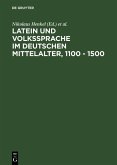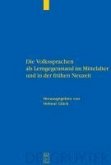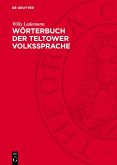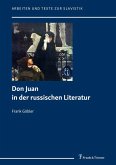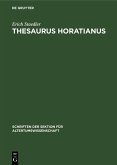The 6th volume of the Thesaurus of the Slovene Popular Speech in Carinthia (kd-kv) is a continuation of the previously published five sections (1: A-B, Austrian Academy of Sciences 1982; 2: C-dn 1987; 3: do-F, 1992; 4: G-H 1994 and 5: I-ka 2007). It includes a critical concordance of previous dialectological and partly also ethnographic literature and all texts on Slovene dialects and micro-dialects in Austrian Carinthia published up to 1980, using linguistic-geographical, grammatical and semantic criteria. It is an atypical bilingual, scientific dictionary, the only multi-type dictionary for the Slovene linguistic area; it is multi-systemic, since it covers an entire dialect group rather than a single dialect or micro-dialect. The compilation of a single section is a two stage process. The first takes place in the office and requires the computerisation of material from index cards, (2) the complete lexicographical processing of the material (grammatical and morphological criteria) and (3) verification of the appearance of a lexeme in the relevant dictionaries. The second stage takes place in the field where, by interviewing speakers of Slovene speech in Carinthia, the aim is to establish whether the lexemes are still extant, and to add new meanings or forms.
Dieser Download kann aus rechtlichen Gründen nur mit Rechnungsadresse in A, B, BG, CY, CZ, D, DK, EW, E, FIN, F, GR, HR, H, IRL, I, LT, L, LR, M, NL, PL, P, R, S, SLO, SK ausgeliefert werden.

